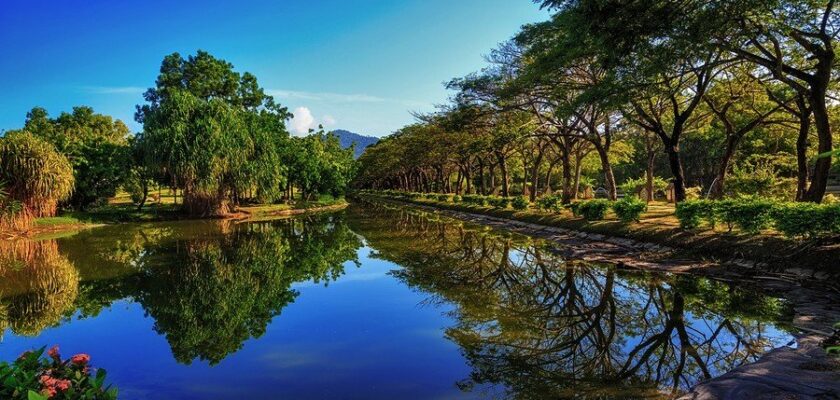Langkawi Island
Langkawi is a delightful resort island, part of an archipelago of some 99 islands. It lies south of the maritime border with Thailand. It is home to Southeast Asia’s first UNESCO Geopark.
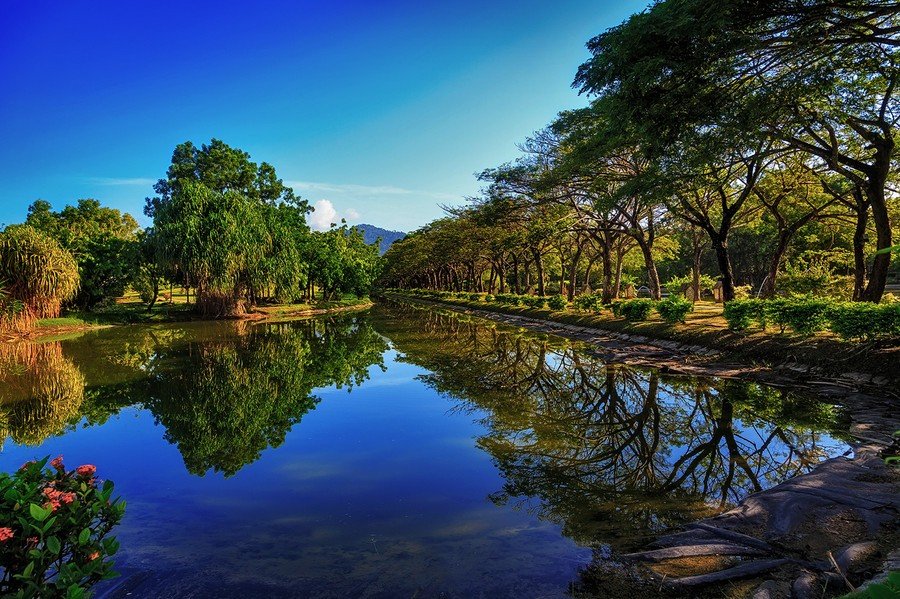
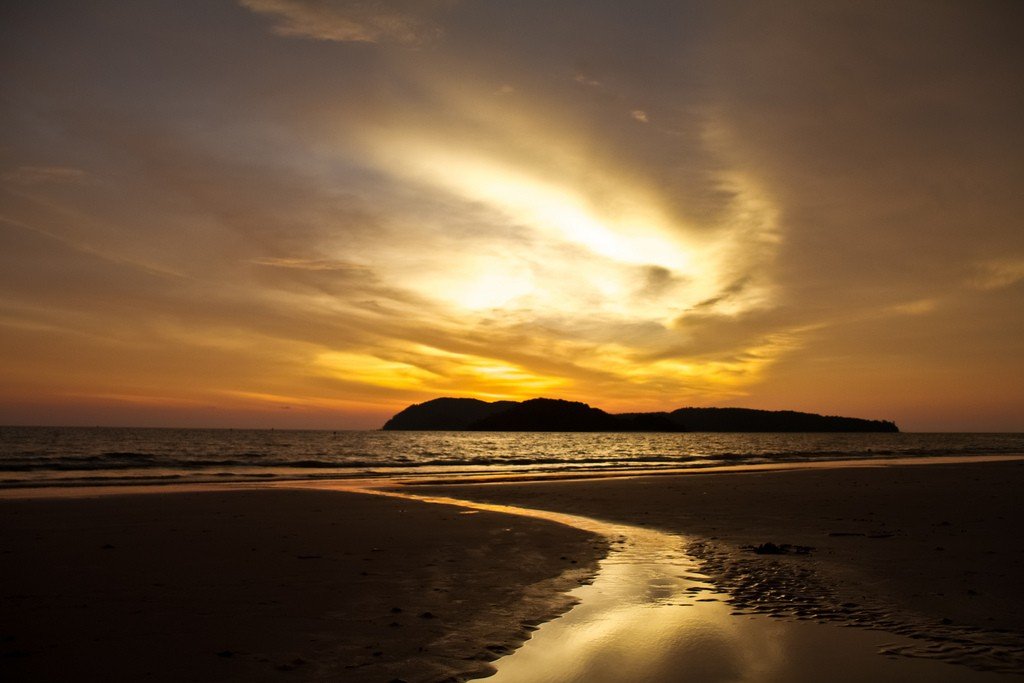
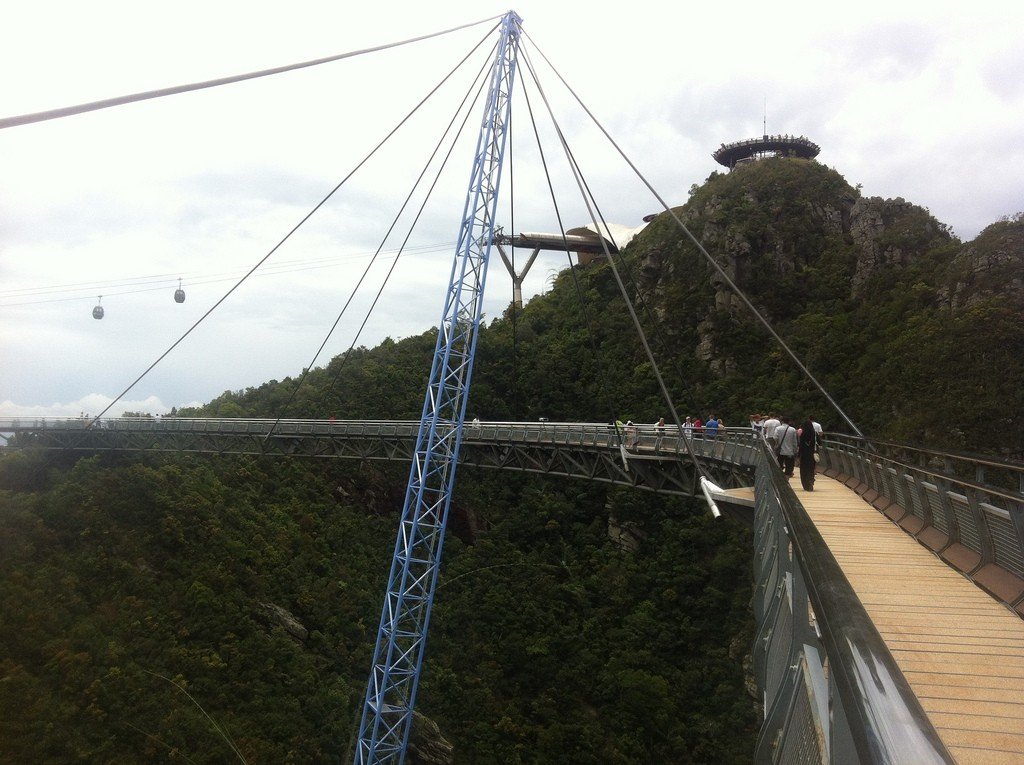
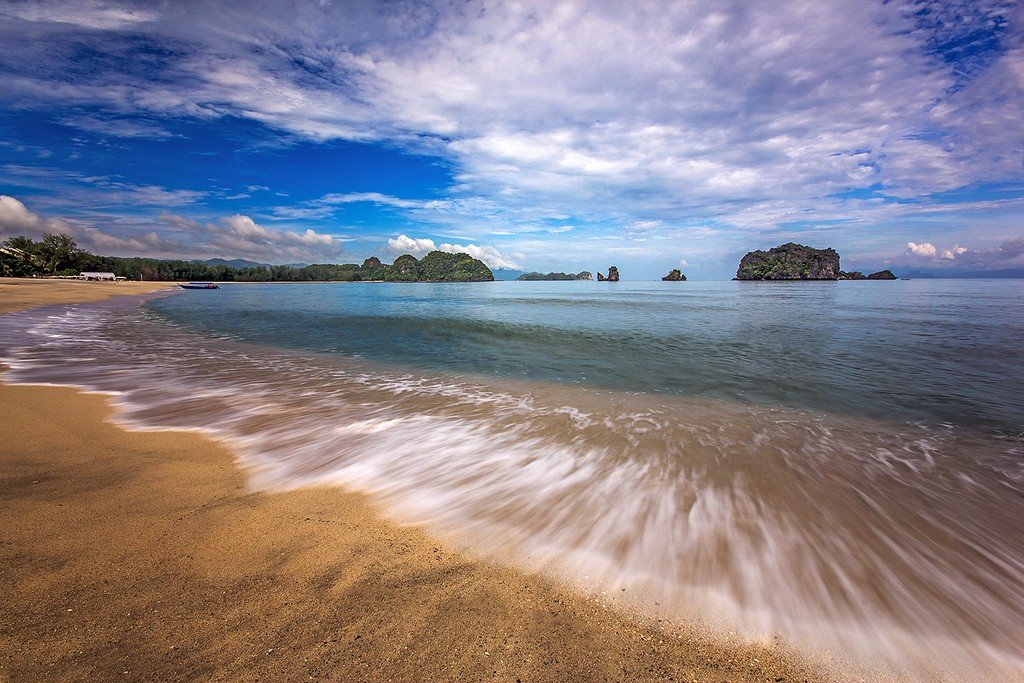
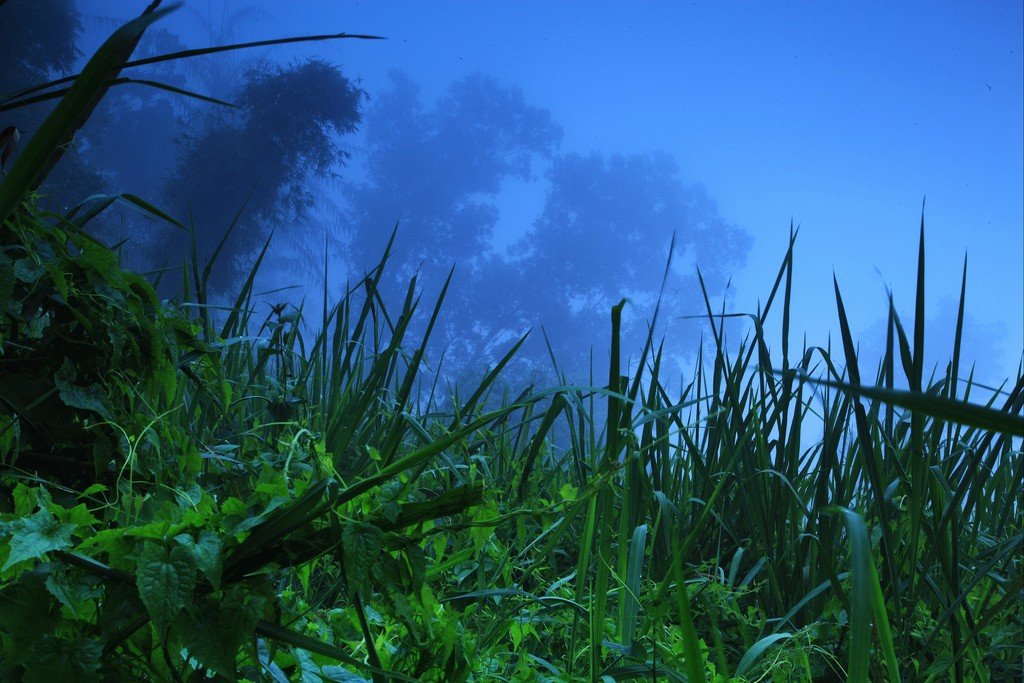
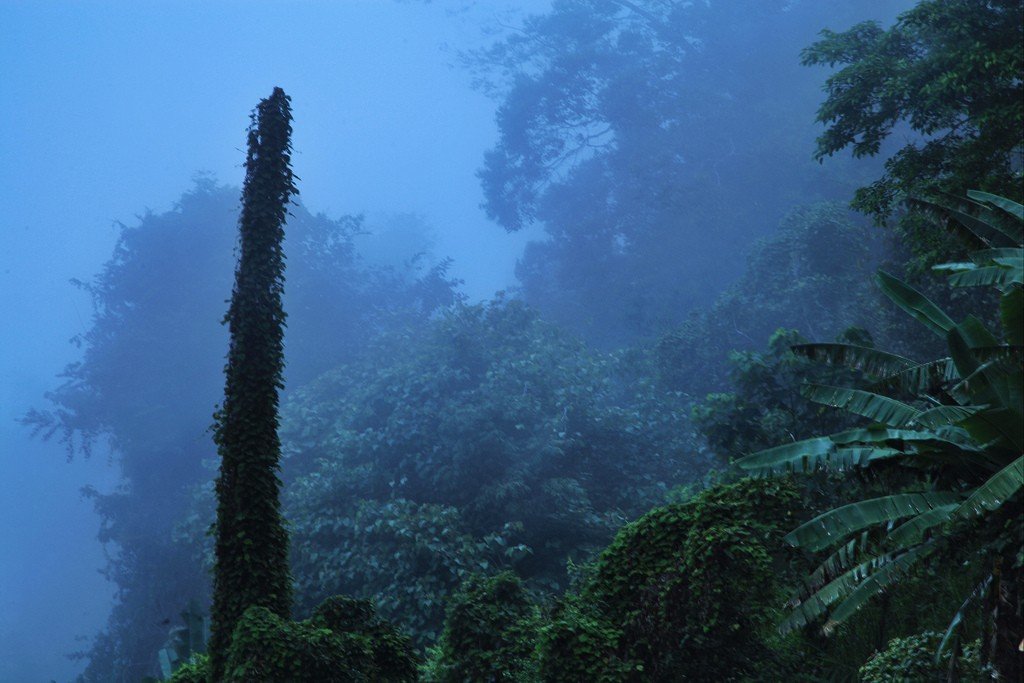
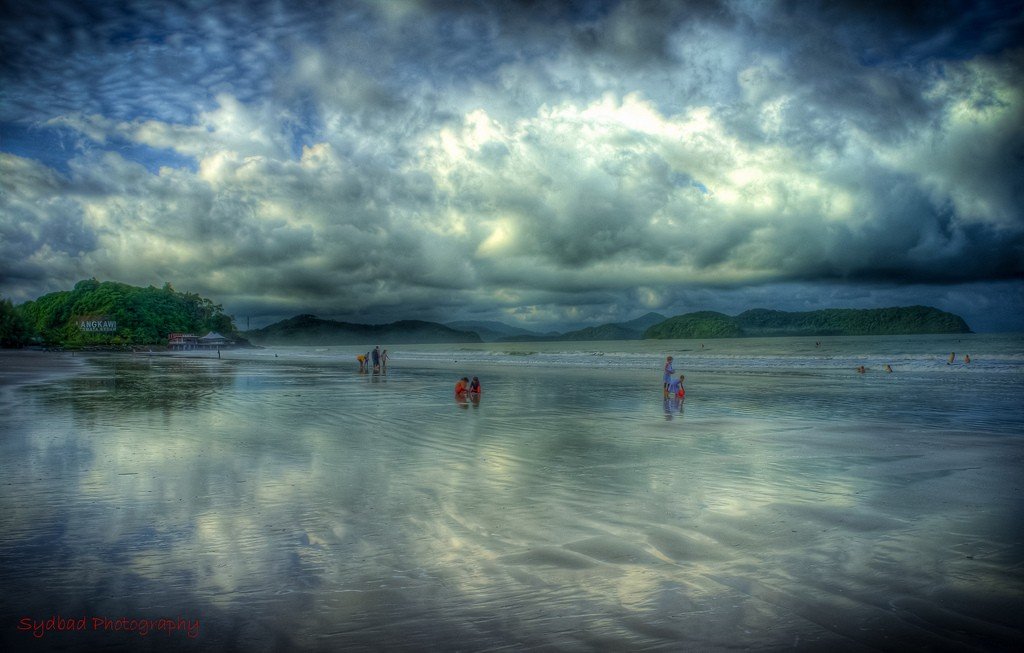
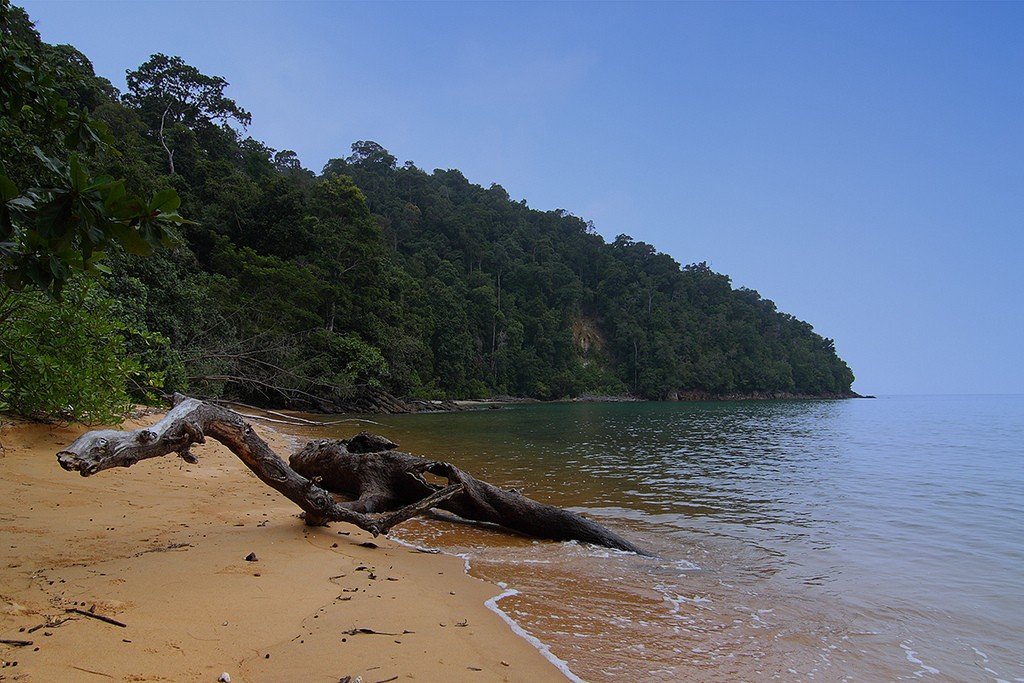
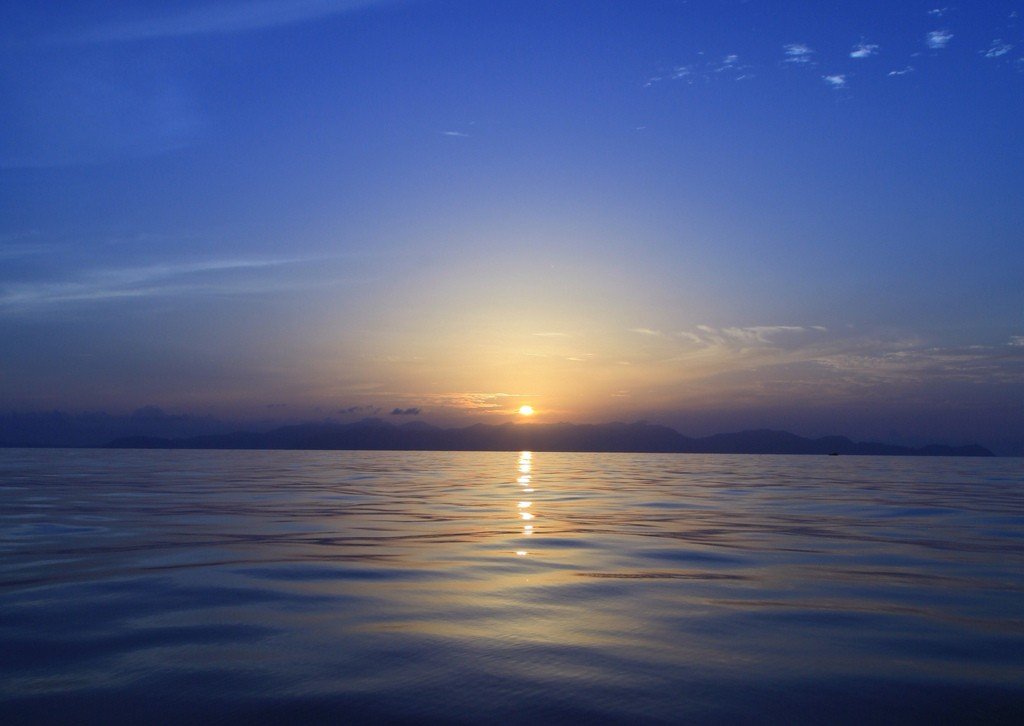
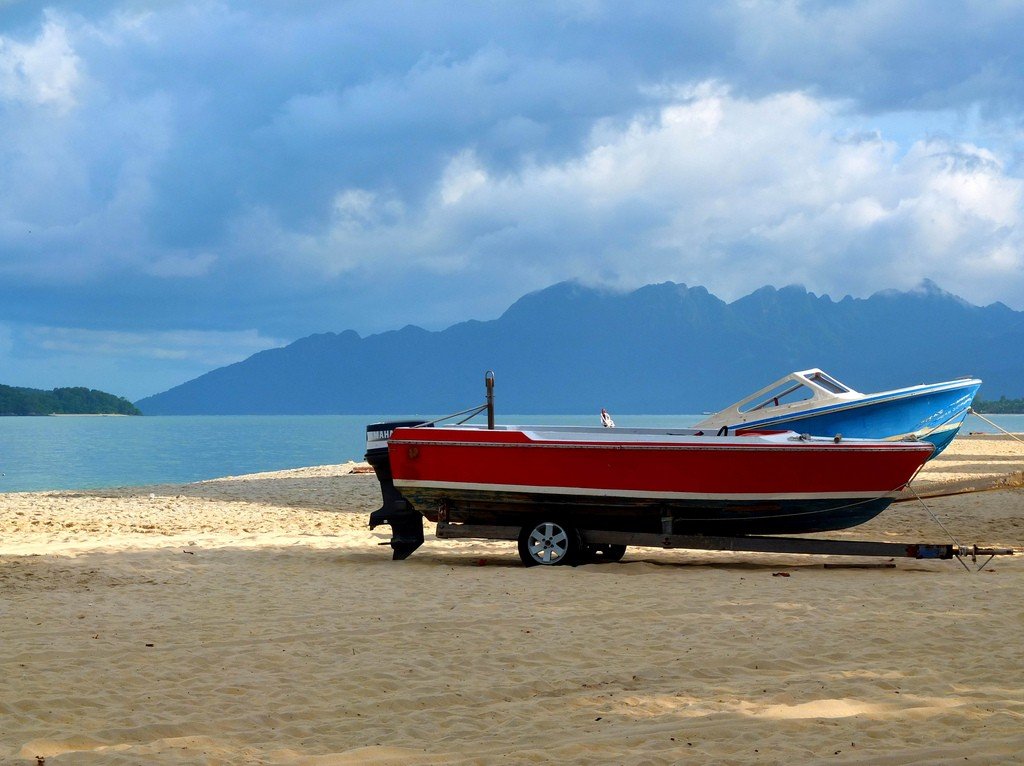
General Information
As the island has many hotels and resorts, it is increasingly considered Malaysia’s most important resort island.
Those who arrived by land (rather than flying from Kuala Lumpur) are transported by ferries leaving from Kuala Perlis and Kuala Kedah. Ferries run daily from Penang, with several daily services to Satun in Southern Thailand. There are regular air flights to Langkawi from Singapore.>Langkawi Island has been declared a duty-free zone since 1987. Those arriving by ferry go straight to the duty-free complex in Kua, while those arriving by air land at the international airport located 18 km northwest of the city. Kua has some good Chinese, Thai, Indian and Malay restaurants and stores selling a wide variety of goods duty free. A sculpture of a giant eagle (langkawi means “red eagle” in Malay) towers over Kua town square.
.It is possible to get around all 80 km of Langkawi’s roads by hiring a car, but many find motorcycles and scooters a more pleasant and cheaper alternative, as they allow you to reach the most remote corners of the island. To the south of Kua are Pulau Tuba and Pulau Dayang Bunting, a geo-forest reserve with some of the rarest marble species in Dayang Bunting. This area and two other forested areas of the island form a geopark where rocks, plants and animals are protected by the government. You can swim in the Pregnant Maiden Lake (Tasik Dayang Bunting), Langkawi’s largest freshwater lake. According to legend, Princess Kedaha drank water from this lake and became pregnant. Be very careful as there are quite aggressive monkeys begging for food in the area..Most resorts and cheap hotels are located around Pantai Senang and Pantai Tengah on the southwestern tip of the island, near the international airport. This is also where the best public beaches are located. Elsewhere on the island, the beautiful beaches at Burau Bay, Datay Bay and Tanjung Ru remain for the exclusive use of hotel guests.
. Langkawi Underwater World in Pantai Senang is considered the largest aquarium in Southeast Asia with over 5,000 marine and freshwater species. Nearby is the Rice Garden Museum (Muzium Laman Padi), where you can learn how rice is planted and harvested. On the way to the airport is the Bon Ton Tree Temple, a collection of old houses from around the state. They have been abandoned and deteriorating for a long time. Each house was transported here piece by piece, reassembled and reconstructed, resulting in luxurious accommodations. Also near the airport is the Pisang Artisans and Craftsmen Village, where you can see batik masters at work..Now head northwest to Cambrian Geoforest Park in Machinchang to visit the Langkawi Geopark Tourist Information Center at the East Village Shopping Complex. Here you will learn about the geological differences of the three geo-forest parks. Drive to see the panorama of Langkawi from the summit of Gunung Machinchang, a 708-meter-high hill, and walk across the Sky Bridge (a 125-meter-long single-post bridge), which seems to defy the law of attraction. Try to get here at sunset to enjoy magnificent views of the Andaman Sea and Thailand from the observation decks..On Langkawi’s north coast, on Jalan Teluk-Yu Street, is a center for handicrafts – the Kraf Langkawi complex. But an even more important reason to linger here is the Museum of Customs and Weddings, which showcases the traditions of Malaysia’s various ethnic groups.
Cruise ships depart from Kilim Pier to tour the Kilim Karst Geoforest Park in northeast Langkawi. But it’s more convenient to explore these majestic limestone hills and mangrove forests by kayaking through narrow channels filled with brackish water. Aside from the wildlife – soaring Brahmin kites, noxious macaws and sluggish, slow-moving snakes – you can also visit Gua Kelawar, a small cave inhabited by fruit bats. Nearby, on Jalan Air Hangat Street, lives Dr. Gani Hussein, who greets visitors (including two former Malaysian prime ministers) with his “Herbwalk” tours, talking about the medicinal properties of some of the plants in his collection of over 600 species.
.South of Langkawi is Pulau Payar Marine Park, where visibility underwater rarely exceeds 3m, but there is an incredible variety of animal and plant species, including baby blacktip reef sharks and colorful soft coral flowers “blooming” on debris in deep water.
.Langkawi Geopark
Lingkawi’s geologic formations are over 550 million years old. In addition to the three geo-forest parks – Machinchang, Kilim and Dayang Bunting – there are also four geological monuments and 10 protected geological sites with islets, waterfalls, lakes, ancient fossils, peaks, caves and beaches. The fossilized ancient sea creatures range from 550 to 250 million years old and are perfectly preserved in granite and limestone rocks, easiest to see in Kilim.
.